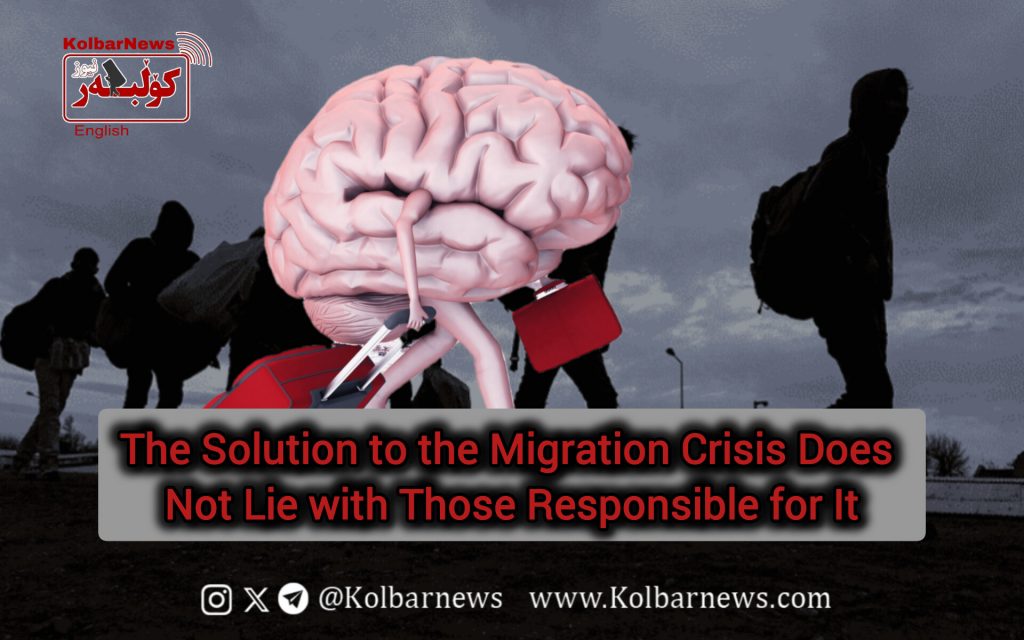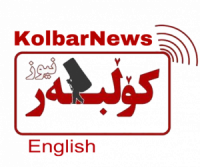
On Wednesday, January 1, 2025, a two-day national conference titled “Scientific Elite Migration in Today’s Iran: Challenges and Solutions” commenced in Tehran. The academic association “Ethics in Science and Technology” hosted the event. At the conclusion of the conference, participants released a statement highlighting the migration of academic elites influenced by governance policies and rigid approaches dominating universities. The statement pointed to the securitization of universities, restrictions on academic freedom, and the closed nature of academic spaces as exacerbating factors in the brain drain.
During the two-day conference, participants touched upon truths that informed and inquisitive citizens are already familiar with. Nevertheless, the truth-telling by speakers at this official event aligned with the political stance of government reformists. At the same time, they ensured not to cross any red lines. For instance, none of the speakers addressed the fundamental reality that the lack of freedom, corruption, and discrimination in universities stem from the capitalist Islamic dictatorship governing educational institutions and society as a whole.
The speakers at the conference viewed the nation’s elites solely as university-educated individuals. No mention was made of the pioneering workers and leaders of ongoing political and social movements, who, forged in the heart of active struggles, represent a valuable driving force for the country’s progress.
One speaker noted that the erosion of social capital, diminished hope for the future, inequality and deprivation of just rights, restrictions on social, political, and cultural freedoms (such as the imposition of mandatory hijab), and communication barriers (like censorship and limited internet access) have significantly accelerated the migration process.
While these factors reflect part of the truth, the issue goes far beyond the conservative narrative presented by conference participants. Political migrants and refugees generally leave Iran seeking safety and better living conditions for themselves and their families, fleeing tyranny, repression, discrimination, and the lack of humane living conditions. At the same time, a significant portion of Iran’s migrants consists of educated and skilled individuals. Statistics show that over 9,000 Iranian doctors are currently working in the United States alone, with the number of specialists in other fields across Europe and the U.S. estimated at over one million. Today, it is rare to find a university worldwide that does not have Iranian professors.
Thousands of doctors, specialists, journalists, writers, nurses, scientists, and top students have been forced to leave Iran in recent years. Within the country, hospitals face a shortage of skilled staff, educational standards have plummeted, and the environment urgently needs experts and specialists. The increasing migration of these educated individuals imposes a heavy cost on the people of Iran. Instead of reducing this brain drain, the regime actively facilitates it.
With half a million clerics and seminary students living off public funds, corrupt rulers, and oppressive Islamic forces treating the country as their personal property, Iran has been stolen from its people. Iran belongs to its citizens, and if anyone should leave, it is this handful of thieves and murderers whose hands are stained with the blood of the people and the nation’s looted wealth.
The Islamic regime has turned Iran into a true hell for a significant portion of its population. The growing wave of migration reflects the political, cultural, economic, and social collapse of the Islamic model of governance in Iran. With the overthrow of this reactionary regime, millions of migrants forced to leave for political, social, and economic reasons can play a vital and effective role in rebuilding the country and establishing a free, equal, and prosperous future, drawing from their extensive experiences and resources.

